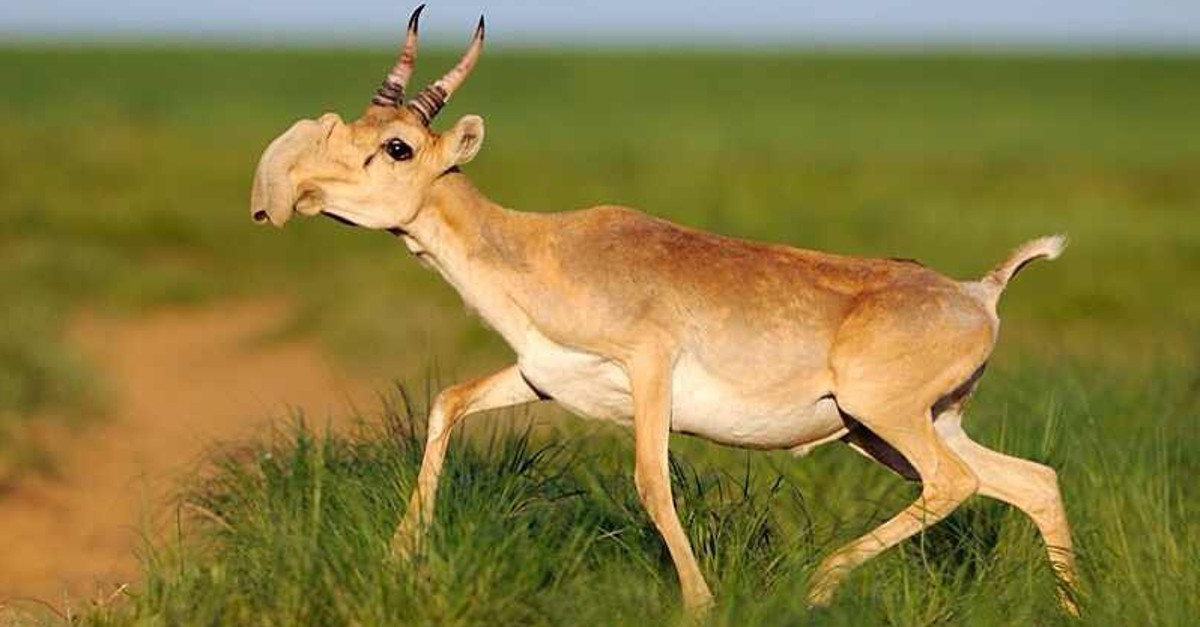In Kazakhstan, scientists have found clues to what may be causing a massive die-off of a severely endangered species of antelope.
Videos by Rare
NBC News reports that in May, geoecologist Steffen Zuther arrived at the steppes of central Kazakhstan to monitor a herd of saigas to learn that veterinarians had already found dead animals on the ground. While that was not necessarily cause for alarm, four days later, the entire herd of 60,000 had died. Similar crashes followed through early June, taking more than half of the country’s herd, which numbered 257,000 as of last year.
“The extent of this die-off, and the speed it had, by spreading throughout the whole calving herd and killing all the animals, this has not been observed for any other species,” Zuther said. “It’s really unheard of.”
Saigas are native to Kazakhstan, with smaller herds in Russia and Mongolia. The die-off started during the calving period. Workers took samples of the soil, rocks, water and plants in the area, and conducted necropsies on the animals. The females, they found, were the first to die, followed by the calves, which led researchers to believe the disease was transmitted through milk.
Tissue samples showed internal bleeding caused by bacterial toxins that typically don’t bother saigas unless they have immune issues. An environmental factor or some other natural variance may be at work, but Zuther said there’s no conclusion yet.
The saiga suffered large losses in the 1990s due to poaching, according to the Associated Press.



